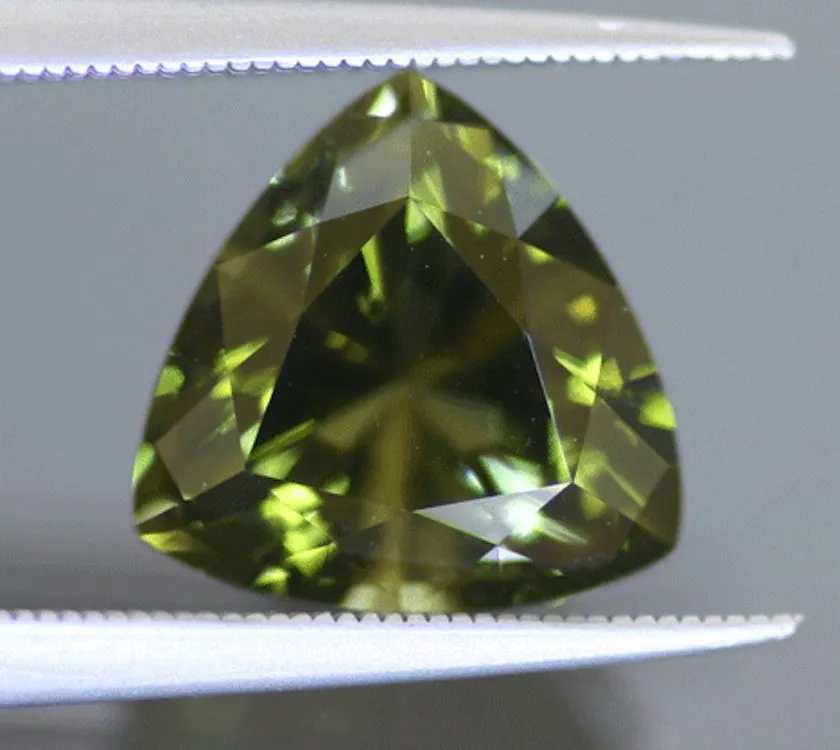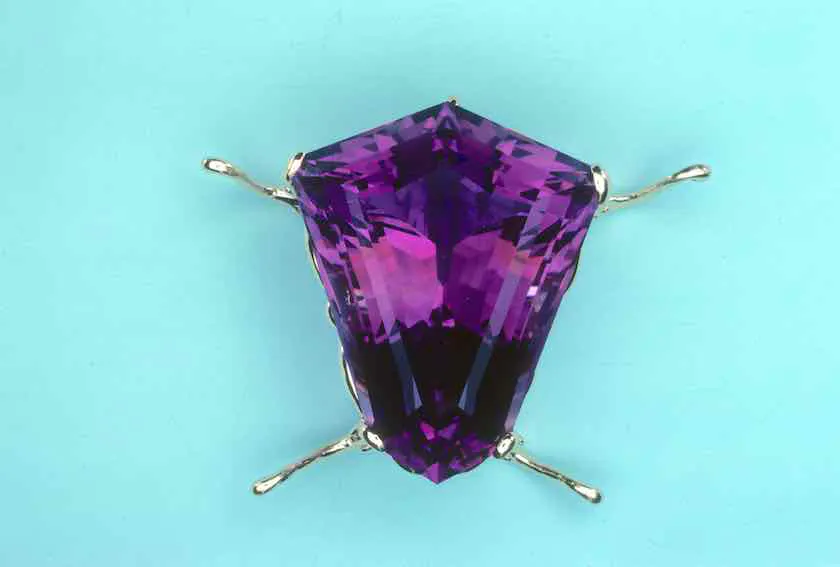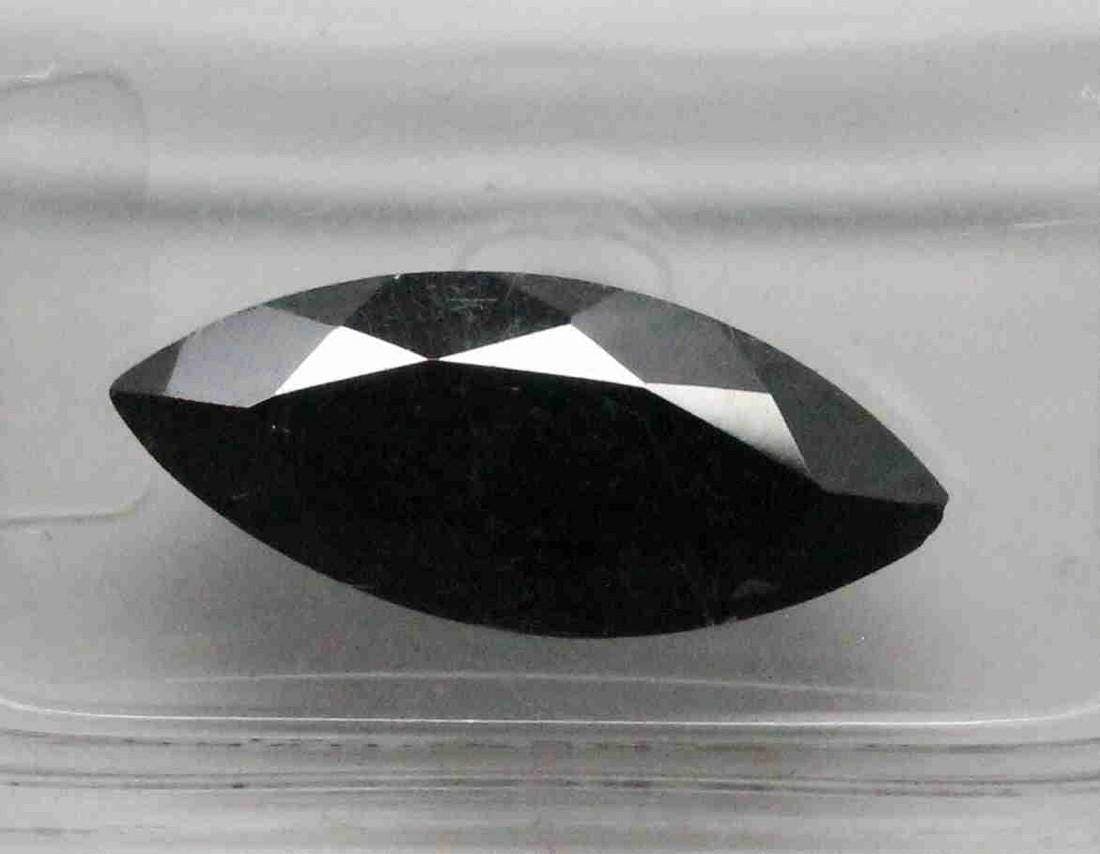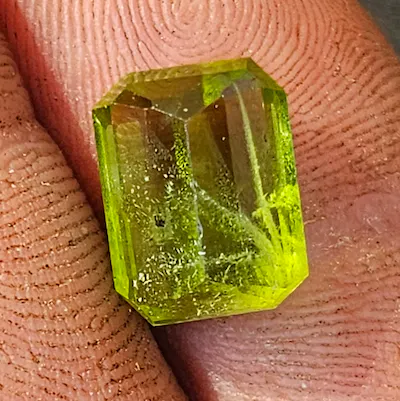Information about Gemstone Necklaces, News
How Much is a Real Pearl Necklace Worth?
The cost of a real pearl necklace can be drastically different based on various factors. These include the size, shape, color, luster, and surface quality of the pearls. And, the type of pearl used – freshwater, Akoya, or South Sea – is also influential. Rarity and demand for specific types of pearls can significantly affect their price.
When assessing the worth of a pearl necklace, each pearl must be carefully examined. Bigger pearls are usually costlier due to their scarcity and visual appeal. Near-round pearls are much sought-after and valued more than oddly-shaped ones. Color is another aspect that affects value, with rare colors like black Tahitian pearls being more expensive than white or cream-colored ones.
Furthermore, the overall luster of the necklace is a factor in gauging its worth. Pearls with a high luster appear especially shiny and give an exquisite look that adds to their desirability and market price. The surface quality of each pearl is also assessed for blemishes or imperfections. Flawless pearls with smooth surfaces are of higher value than those with visible marks or damage.
To get an accurate assessment of the worth of a real pearl necklace, it is best to get advice from a professional jewelry appraiser. They have the necessary expertise and know-how to evaluate different elements efficiently and provide an exact appraisal based on present market trends.
Additionally, ensuring the optimal upkeep of your genuine pearl necklace is imperative to safeguard its long-term value. Refrain from subjecting it to harsh chemicals or drastic temperature variations that could potentially harm the fragile pearls. Consistent and gentle cleaning using non-abrasive techniques is key to preserving their brilliance and ensuring enduring resilience. Explore more about maintaining the allure of genuine pearl jewelry on our Melogems brand page for comprehensive insights and guidance.
Understanding the value of a real pearl necklace
Pearls come in two forms: natural and cultured. Natural pearls are formed without human interference, and are thus rare and highly valued. On the other hand, cultured pearls are made through a process called nucleation, where an irritant is inserted into an oyster or mollusk to kickstart pearl formation. Natural pearls are usually pricier than cultured ones.
The value of pearls depends on factors like color, shape, luster, surface quality, and size. Pearls with high luster, round shape, fewer imperfections, uniform color, and larger size tend to be more expensive.
The length and design of the necklace also matter. Longer necklaces with multiple strands cost more due to the increased amount of pearls used. Moreover, intricate patterns or unique arrangements can add to its value.
When selecting a pearl necklace, it’s best to go for established brands or jewelers. This is because they are known for using quality materials and craftsmanship, adding an intangible value that buyers appreciate.

Factors that determine the worth of a pearl necklace
Glimpse at the table for a complete view of factors impacting the worth of a pearl necklace! The factors include: Quality, size, shape, luster, and origin. Plus, something new: overtone. An extra hue that can captivate pearl lovers. Rarity is another point stressed by GIA, Gemological Institute of America. Then we understand why these gems are so valued in both ancient customs and present markets.
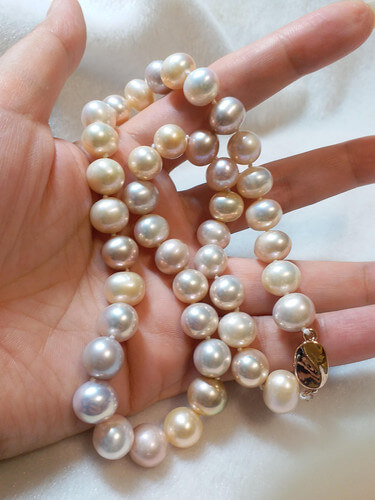
Assessing the authenticity of a pearl necklace
Pearls are often prized possessions. But, determining their authenticity can be tricky. Here’s how to figure out the value of a real pearl necklace.
Focus on certain key factors to assess the authenticity of a pearl necklace. These include type, size, shape, color, luster, surface quality, and any imperfections.
Factor | Authentic Pearl Necklace
| Factor | Authentic Pearl Necklace |
|---|---|
| Type | Saltwater or freshwater |
| Size | 6-9mm |
| Shape | Round or near-round |
| Color | White, cream, pink, or black |
| Luster | Reflects light with intensity |
| Surface Quality | Smooth with minimal blemishes |
Besides these, make sure to also examine the weight and matching attributes of pearls in the necklace.
Surprisingly, pearls have been treasured for centuries. Ancient people saw them as symbols of wealth and status. This fascination still exists today.
By understanding the characteristics of an authentic pearl necklace and its historical significance, you can assess its worth. Enjoy the beauty of these gems while making an informed purchase decision.
Explore “How to Wear a Pearl Necklace Casually” at Melogems!
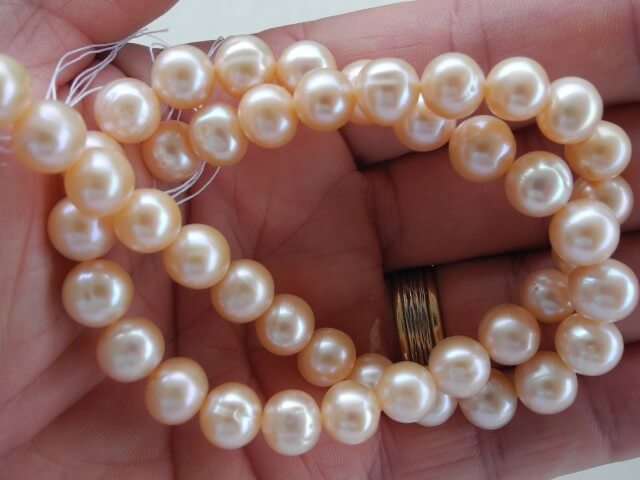
Consulting experts or jewelers for appraisal
Experts consider the size, color, shape, and luster of the pearls when evaluating the necklace. They also check if the pearls are natural or cultured. Plus, they examine the craftsmanship and any certificates.
Experts with experience in pearls give an unbiased and accurate valuation. Their knowledge helps you understand the worth of your pearl necklace. It is based on current market trends and demand.
Pro Tip: Get multiple opinions when appraising your pearl necklace. This gives you a complete understanding of its value. It also helps when deciding on insurance coverage or sale.
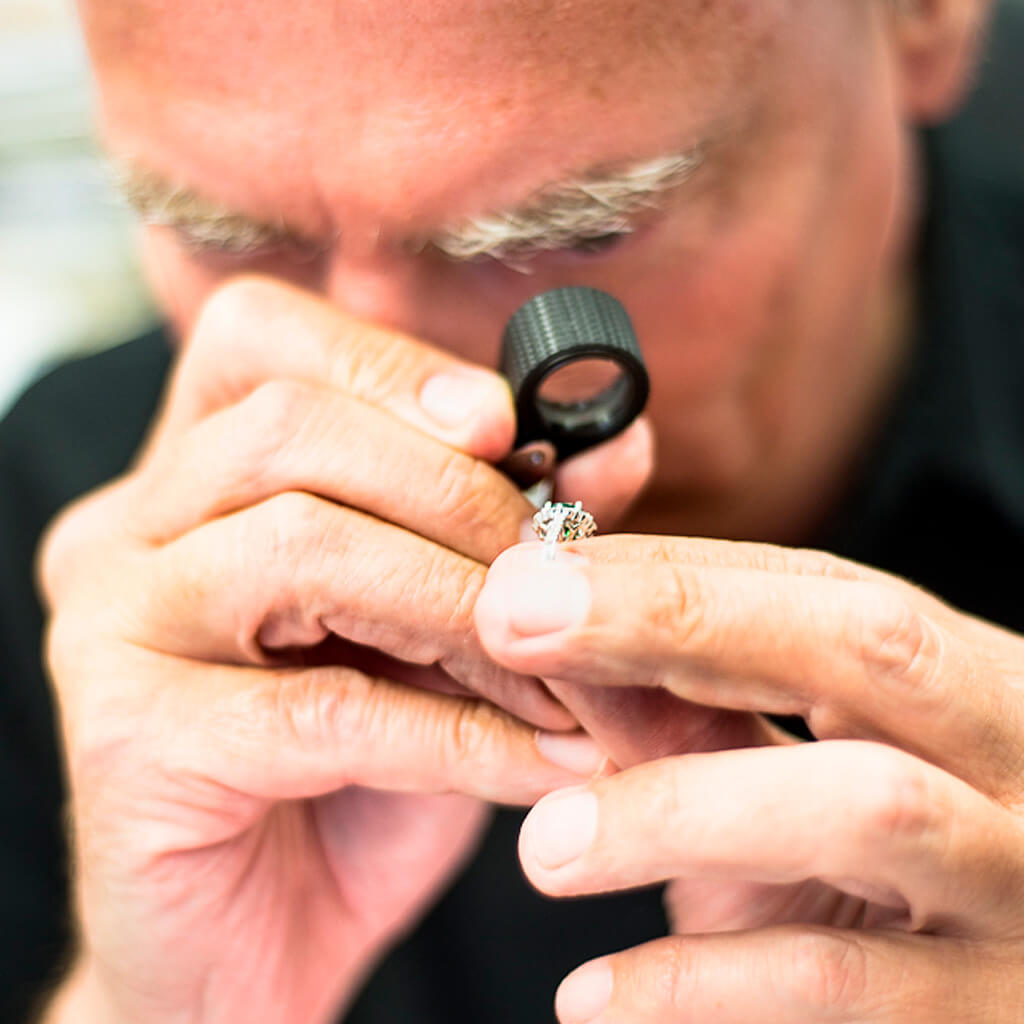
Pricing considerations and market value
Pearl necklaces have varied pricing considerations. The quality of pearls is key. Grading is based on luster, shape, surface quality, and size. High luster, round shape, smooth surface, and larger size fetch higher prices. The setting or design of the necklace can also add value. Unique and intricate designs plus the use of other gemstones or metals can boost the price. Demand also influences market value. Prices may go up based on fashion trends and cultural preferences.
By taking these into account, one can understand how much a real pearl necklace is worth. Historically significant necklaces can fetch remarkable values, like the La Peregrina Pearl Necklace which sold for $11 million in 2011.

Conclusion
The worth of a real pearl necklace is decided by various features. These comprise of size, shape, color, luster, and surface quality. Bigger pearls are usually more valuable than smaller ones as they are rare. Perfectly round pearls are deemed more valuable than irregularly shaped ones. White or cream-colored pearls are classic and much desired. Unique colored pearls like pink or black may be worth more. The luster of a pearl is its shine and brilliance. Pearls with a high luster reflect more light and are thus more valuable. The surface quality of the pearl is also essential in determining its value. Pearls with fewer flaws or blemishes are considered better quality and cost more.
A captivating bit of history related to pearl necklaces: in ancient China, pearls were believed to be tears from mermaids or nymphs that had dropped into the sea. These gems were much cherished and worn by royalty as a symbol of authority and wealth. Pearl necklaces were often passed down from one generation to the next, becoming symbolic heirlooms that had both financial and emotional worth.
Frequently Asked Questions
FAQs on How Much is a Real Pearl Necklace Worth:
1. What factors determine the value of a real pearl necklace?
The value of a real pearl necklace depends on factors such as pearl type, size, color, luster, surface quality, shape, and overall rarity. High-quality pearls with excellent luster and few imperfections are generally more valuable.
2. Are cultured pearls worth less than natural pearls?
In general, cultured pearls are more affordable than natural pearls. However, the value of a pearl is determined by its quality rather than its origin. High-quality cultured pearls can still be quite valuable, sometimes even more so than lower-quality natural pearls.
3. How can I determine if my pearl necklace is real?
To determine if your pearl necklace is real, you can perform several tests. These include the tooth test (by lightly rubbing the pearl against your tooth to feel a slight grittiness), the luster test (genuine pearls have a deep, reflective luster), and the nacre test (real pearls have multiple layers of nacre, which can be seen under a magnifying glass).
4. Can the value of a real pearl necklace appreciate over time?
Yes, the value of a real pearl necklace can appreciate over time, especially if the pearls are of high quality and rarity. Pearls are considered precious gemstones, and their value can increase with demand and scarcity.
5. What is the average price range for a real pearl necklace?
The average price range for a real pearl necklace can vary greatly depending on the aforementioned factors. However, a decent quality freshwater pearl necklace can start from around $50, while high-end saltwater pearl necklaces with exceptional qualities can reach several thousand dollars or more.
6. Is it better to invest in a single pearl necklace or a strand of pearls?
Both single pearl necklaces and strands of pearls can be good investments, depending on your preferences and budget. Single pearls can have unique characteristics and can be more affordable, while strands offer versatility and are often considered traditional and timeless.

